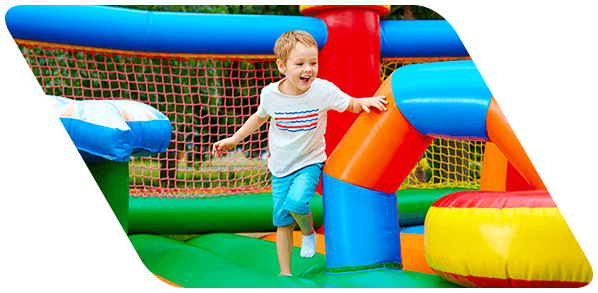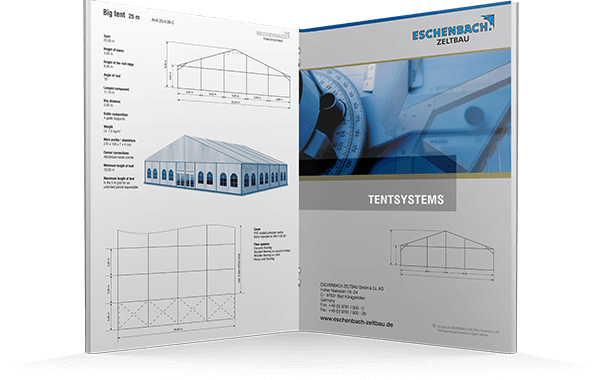
Basegang - everything for Your Event
Party tents Mastertent, Eschenbach, rental of party tents, beer sets
Inflatable attractions that we produce are of high quality as well as all other products in our portfolio. We are able to produce inflatable exactly according to your requirement, both shape and color.
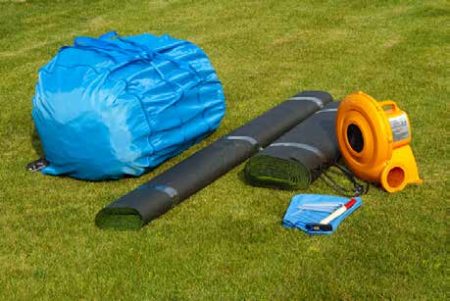
1
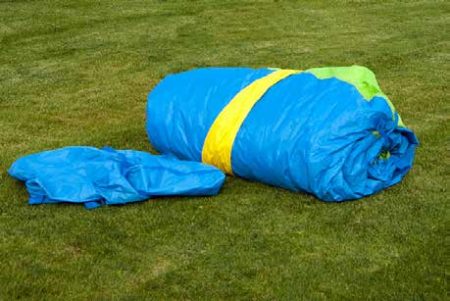
2
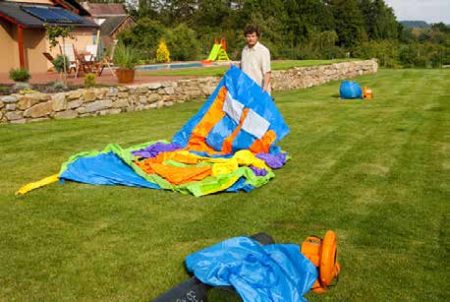
3
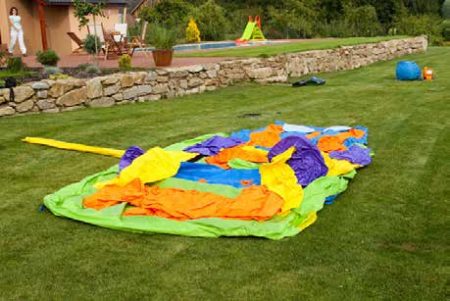
4
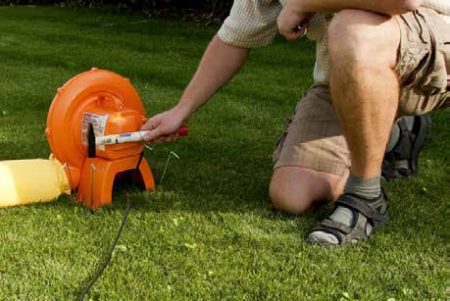
5
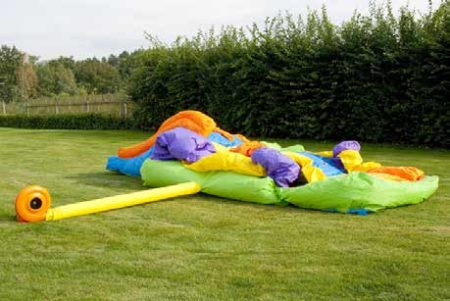
6
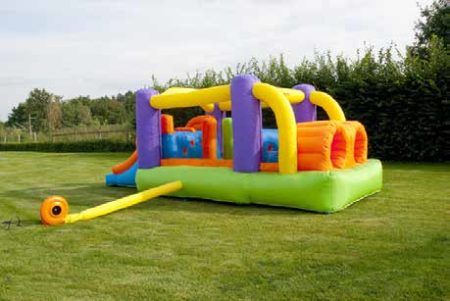
7
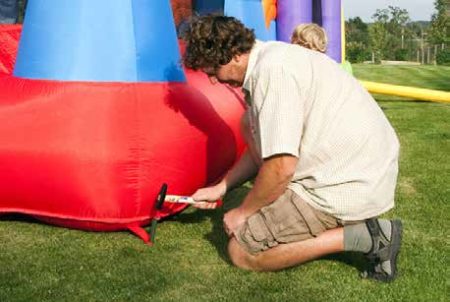
8
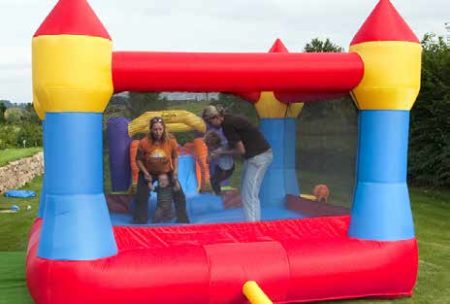
9
The attraction must be installed on a flat surface without sharp and rough objects❶❷❸❹. It must be anchored to the ground, including the blower, by means of fixing pins❺❽. Fire and sharp objects must not be manipulated on or around the attraction. The electrical connection must always be kept at a safe distance from the attraction and secured so that there is no risk of electric shock. The attraction is intended for children from 3 years of age under the constant supervision of an adult❾. Follow the BINDING INSTRUCTIONS FOR USING INFLATABLE ATTRACTIONS, see below.
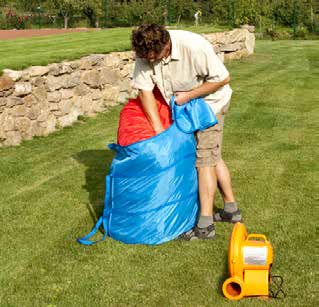
10
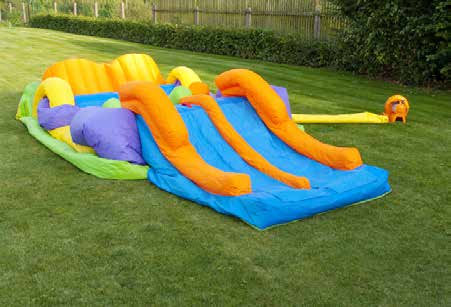
11
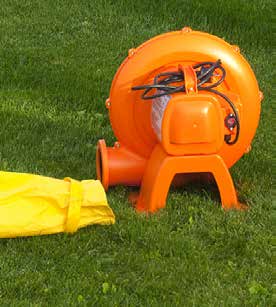
12
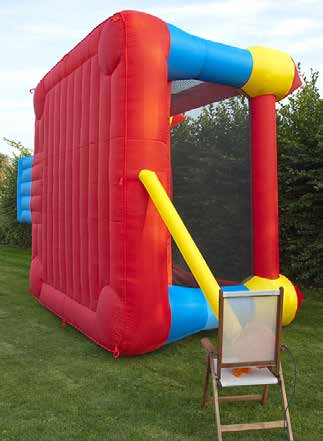
13
Attractions must be stored dry. Even in sunny weather, the underside that has been in contact with the ground must be allowed to dry before disconnecting the blower. In case of soiling, it must be washed only with lukewarm water without the use of detergent.
BINDING INSTRUCTIONS FOR THE USE OF INFLATABLE ATTRACTIONS
IT IS NECESSARY THAT:
- There was constant supervision over the bouncy castle (see "Supervision")
- Users were admitted to the inflatable device in a controlled and safe manner
- The maximum height of the user was defined according to the height of the bouncy castle
- The maximum number of users that can be in the device at one time according to the number of given constructions has been limited
- At least a minimum number of operators were employed
- Users put down their shoes
- Users have placed hard, sharp or dangerous objects
- Users put down their glasses if possible
- It was forbidden to eat, drink or chew gum
- The entrance was kept free, unobstructed
- Users were not allowed to climb or hang on protective walls
- Somersaults and other harsh games were banned
- The operator and / or assistants constantly monitored the activities in the inflatable device
- The operator or assistants used a whistle or other signals to alert users
- The operator or assistants separated larger, wilder users from smaller users
- During the pumping of fuel into the blower powered by the internal combustion engine, the inflatable device was evacuated
- Keep a free space at the entrance to the bouncy castle. There must be no benches, chairs or similar fixed objects in this area.
PROCEDURE IN THE EVENT OF EXCEPTIONAL CIRCUMSTANCES OR ACCIDENTS:
- In winds stronger than 8 m / s, prompt all users to leave the inflatable. Turn off the bouncy castle by pulling it out of the socket.
There is a risk of the bouncy castle overturning - In the event of rain, immediately prompt all users to leave the bouncy castle and blow out the bouncy castle. Secure electrical components
against moisture and turn off the power supply. At the moment when it stops raining, it is necessary to dry the bouncy castle and then, it is possible
continue to use it. - In the event of an accident by any of the users, it is necessary to provide a free way out of the bouncy castle to the injured user. Search for parents
or legal representative. If none of these people are in the area, look for the organizer or. medical assistance. - If the power supply is interrupted, eg due to fuses blowing, it is necessary to encourage all users to
they left the bouncy castle.
SURVEILLANCE
- Inflatable equipment must not be used without supervision.
- If the inflator is unattended, it must be deflated and the power supply must be disconnected.
- The operator must determine the number and suitability of supervisors necessary for the safe operation of the inflatable device with respect to
the maximum number of users listed on the inflatable device, the age of the users, the environment in which the inflatable device will be
use and the information provided by the manufacturer or supplier. Supervisors are one operator and so many
assistants, as determined by the operator. Supervisors must be easily identifiable.
ROUTINE INSPECTION
- The operator must carry out a routine inspection or instruct a person to carry out a routine inspection.
- A routine inspection must be carried out as soon as the device is ready for use, always before actual use. It must be checked whether:
- The site is suitable
- All anchors are securely fastened and in place
- Accessories are in place (eg shoe rug)
- There are no serious holes or cracks in the fabric or seams.
- A suitable blower was used
- The internal air pressure is sufficient to provide a firm and secure support for the feet
- There are no accessible electrical components and there are no wear points on the cables
- Sockets, sockets, switches, etc. are not damaged.
- The connecting hoses and the blower are firmly connected to each other
- The blower is securely located and its protective grille is intact
- The device must not be used by the public until the defects identified during the routine inspection have been rectified.
Contact us
sales Manager

BaseGang // all for your event.
STORES AND OFFICES: For Arborky 696, 190 15 Praha 9 – Satalice
HEADQUARTERS: Klapkova 1851/19 182 00 Praha 8
www.basegang.cz // facebook.com/BaseGang.cz
© 2016 – 2022 BaseGang s.r.o. All rights reserved.
© 2019 Jan Simak
